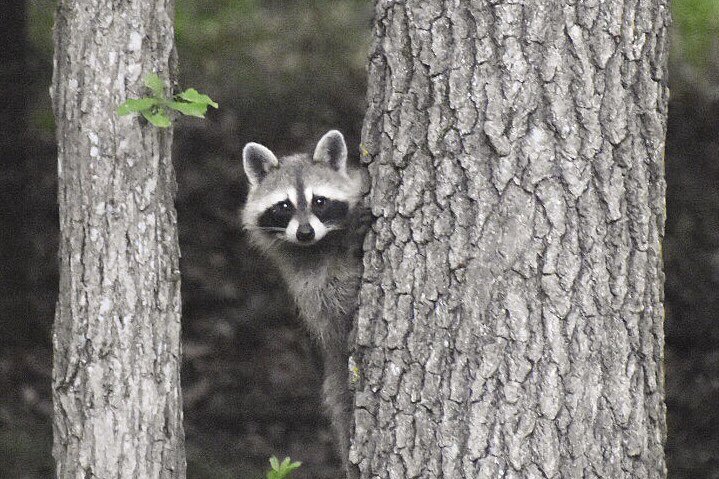There’s a lot more darkness out there these days. During long nights you might hear some mysterious sounds. Use this guide to help you figure out what goes bump (or yowl, screech, or snort) in the night. To hear the sounds of each critter, visit: bit.ly/cmnightexhibit
Raccoons
They can chirp, whinny, growl, chatter, screech, hiss, whimper, purr and grunt. Of all the animals making noise in the woods at night, raccoons seem to cause the most trouble. They fight noisily in the wee hours, steal food from hungry campers, damage orchards, steal chickens and munch selfishly on sweet corn. Plus, they carry a variety of diseases. If anything is going to go bump in the night, it’s most likely your trash can falling to the nimble, hand-like paws of nature’s own masked bandit.
Owls
Owls sing duets with their mates, they clack their beaks in irritation at each other, they call to warn away rivals, and their hoots might send shivers down your spine, too. The deep-voiced pattern of notes from a Great Horned Owl sounds like “Who’s awake? Meee, tooo…” Barred owls sing more loudly, and say “Who cooks for you? Who cooks for you alllll….?” They also make a monkey-like ruckus, and young barred owls give off terrifying shrieks when they beg for food. The robin-sized Northern Saw-whet owl makes a repetitive series of whistled notes, like the back-up beep for a cartoon truck.
While owls are one of the most common critters we hear at night, they can also be eerily silent. Imagine an owl gliding stealthily through a dark forest and plunging talons-first for a tiny mouse. How do they do that? Broad wings reduce the need to flap loudly. On the trailing edge of those wings, a flexible fringe breaks down noisy air turbulence. On the top of the wing, a forest of tiny, downy feathers dampens sound even more. Why is silent flight important enough to warrant all of these adaptations? It isn’t just so the mouse doesn’t hear the owl; it’s so the owl can hear the mouse. Owls’ super sharp hearing is their best hunting skill. They can even pinpoint the rustles of a mouse in complete darkness and swoop down for the kill.
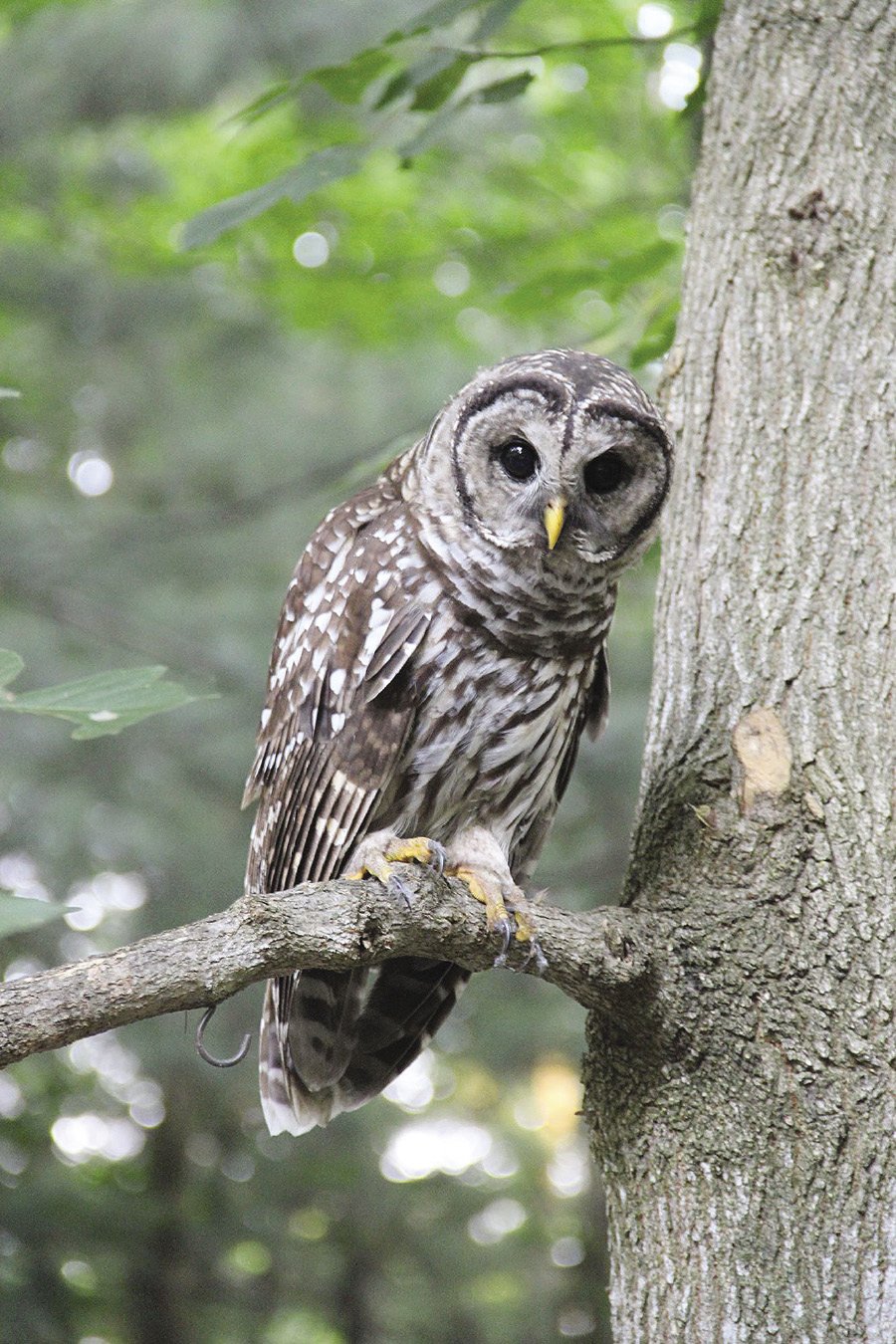
Red Foxes
One of the most terrifying sounds that could ever pierce through a dark forest is the scream of a fox. But, just like with wolves, what’s scary to us may be sexy to other foxes. The hoarse, frantic call is used most frequently by female foxes, called vixens, when they are looking for love. Although the sound is blood-curdling, the result is a litter of fuzzy, adorable fox pups, born in early spring. Male foxes also scream occasionally, so it likely serves more than just that purpose.
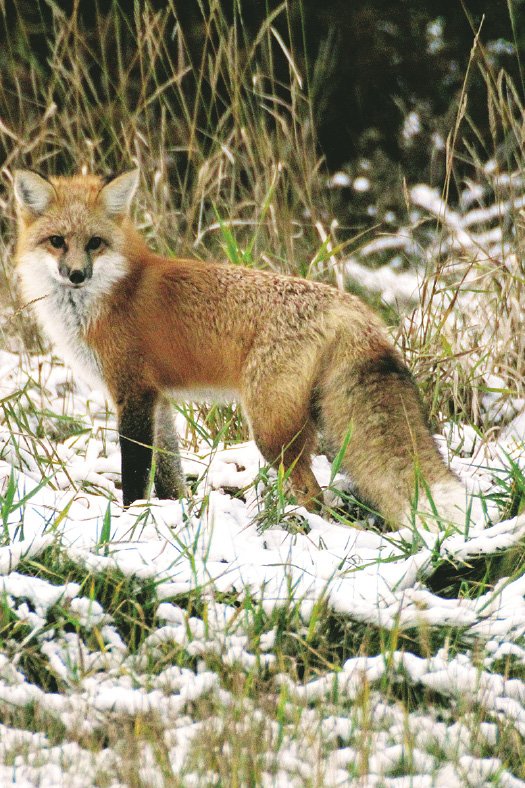
Porcupines
Imagine what a frustrated zombie might sound like as it tries to push open a door that says “pull.” That’s the sound of a grunting porcupine. You might hear this sound coming from the outhouse, or the underside of your car, or the front porch of your cabin as a porcupine gnaws on something covered in salt. The incessant grunting of a porcupine is actually a happy sound, often made in the presence of food. Throughout the year, porcupines eat a shifting diet of tree bark, evergreen needles, buds, twigs, leaves, and weeds, based on the type of food that is most nutritious at that particular moment. One thing that their plant-based diet always lacks is salt, which is why they are attracted to the human items containing salt from urine, our hands, or road deicers. With an armor of 30,000 sharp quills to protect them, porcupines can afford to make happy sounds while they eat.
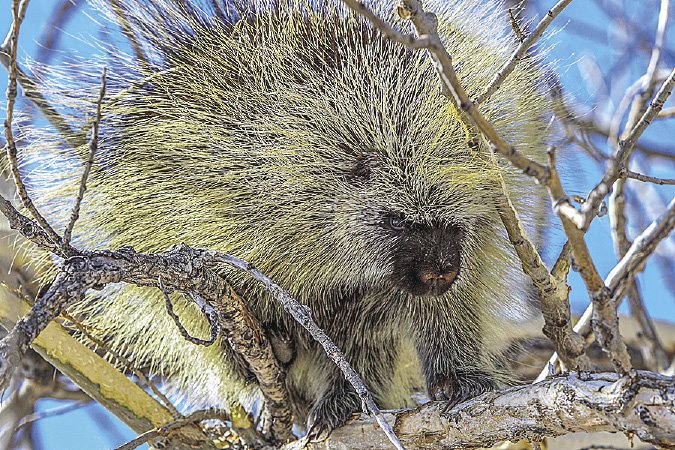
Flying Squirrels
From the dark tree canopy comes a bedlam of squeaky chirps, as if an army of tiny gremlins is about to drop on your head. With the fur of a mammal and the skills of a bird, it’s no wonder that flying squirrels also sound like a combination of the two. Technically, flying squirrels can only glide, using a furred membrane that stretches between their wrists to their ankles. While they eat far more mushrooms than your average squirrel (and play an important role in dispersing fungal spores) they are just as likely to swoop in to your bird feeder for an easy feast. That’s when you can break out the ultraviolet flashlight. Switch it on high, and they will fluoresce hot pink. Seriously!
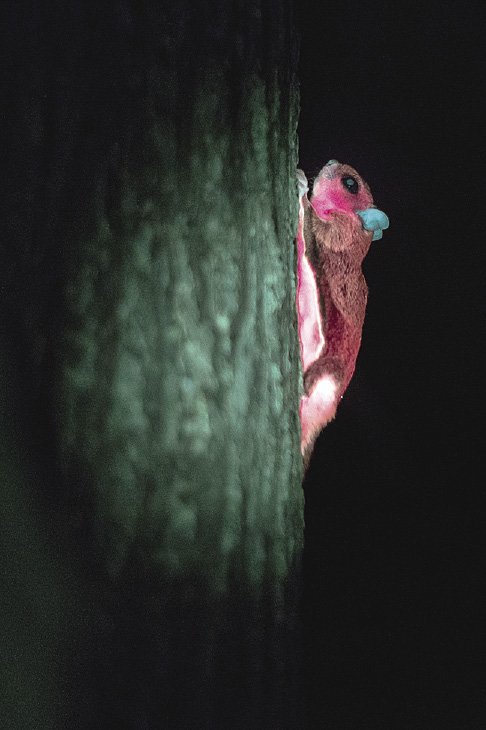
Wolves
Have you ever heard the bone-chilling voice of a lone wolf howling at the full moon? Well, probably not. For one, wolves don’t actually howl at the moon. Yes, they tip their muzzles skyward in order to project their song over longer distances—up to 10 miles on the open tundra—but it has nothing to do with the moon. Scientists think this old story came about because YOU are more likely to be outside—and therefore able to hear wolves—on a full moon night. Also, lone wolves rarely howl. They are vulnerable without a pack, and would rather keep their whereabouts a secret.
But while howling wolves may make our hair stand on end, the true purpose is often not sinister. Scientists have found that wolves use howling to communicate among their pack, to rally the group for a new activity, and just to reinforce relationships among friends. Wolves howl more during the lead-up to breeding season when hormones are running high, and larger males can use their deeper voices to attract the ladies.
Even though a wolf’s howl is iconic, their keen sense of smell is probably more important for communication. Wolves use their noses—and a big chunk of their brains—to learn about the identity, health, and activities of friends, enemies, and dinner. To detect prey across huge landscapes, they smell crushed vegetation and also “odor rafts” that include the bacteria on skin cells that falls off their prey.
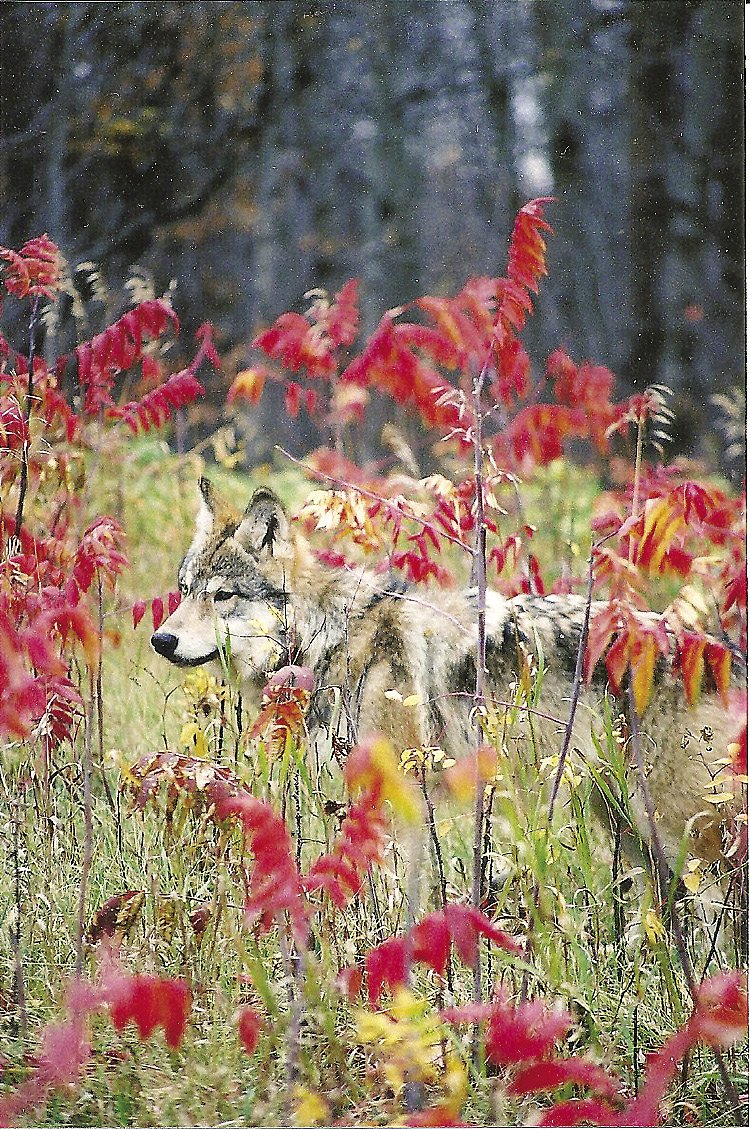
White-Tailed Deer
Speaking of a wolf’s prey…the most common sound you’ll hear from a white-tailed deer after dark is their snort, also called a blow, and it’s usually accompanied by forceful foot stamping. These sounds are meant to let something dangerous—like you or a wolf—know that they’ve been spotted. Without the element of surprise, the hunter will realize they don’t have a chance and move on to a different quarry. Once a deer has snorted at you, any little twitch will send it dashing silently away.
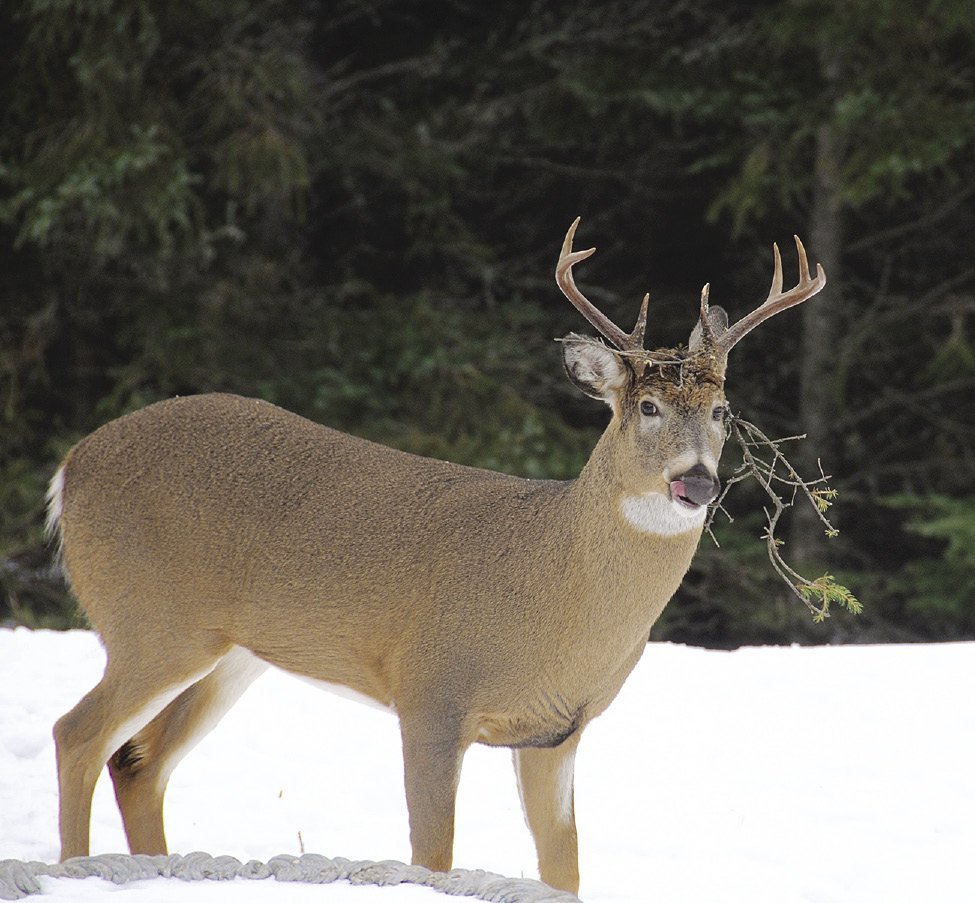
Do these chatty critters have you scared? Knowledge is your best defense. Learn more about them—and the dark world they inhabit—at the “Mysteries of the Night” exhibit at the Cable Natural History Museum, in Cable, Wisc. Later this fall you’ll be able to visit the exhibit online as well, at: cablemuseum.org.


